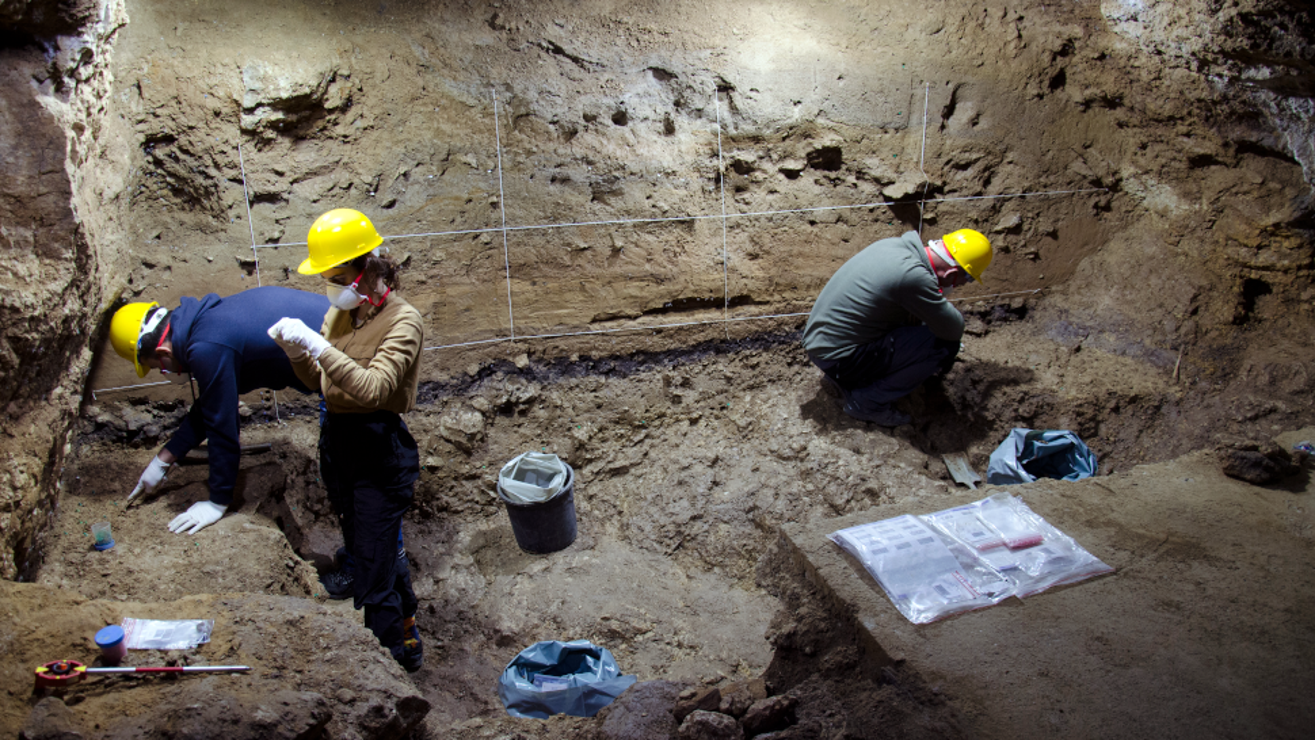Read the rest of this article...
Monday, December 20, 2021
Vikings may have fled Greenland to escape rising seas
Read the rest of this article...
Brutal Viking Ritual Called 'Blood Eagle' Was Anatomically Possible, Study Shows
Read the rest of this article...
Five ice-age mammoths unearthed in Cotswolds after 220,000 years
Read the rest of this article...
Galloway Hoard yields another exciting discovery
Read the rest of this article...
Plans for new home refused due to site potentially housing Anglo-Saxon remains
Read the rest of this article...
Neanderthals Changed Ecosystems 125,000 Years Ago – Were Not “Primal Hippies
Read the rest of this article...
Sunday, December 19, 2021
Ancient sheep poop reveals an unknown population on Faroe Islands before Vikings
Read the rest of this article...
Get up close to Skara Brae with new 3D model of 5,000-year-old settlement
(Historic Environment Scotland)
Read the rest of this article...
The objects that help us understand Stonehenge
Read the rest of this article...
Early Humans May Have Transformed Their Surroundings
Neanderthals, the Original Gardeners, Intentionally Altered the Landscape as Much as 125,000 Years Ago, a Study Finds
Read the rest of this article...
1,400-Year-Old Byzantine Church, Mosaic Found Near Jerusalem
Read the rest of this article...
Friday, December 17, 2021
‘Extraordinary’ restoration of Roman rock crystal jar from Galloway hoard
Read the rest of this article...
Thursday, December 16, 2021
Wealth & Power in Medieval Iceland
Read the rest of this article...
Monday, December 13, 2021
Spectacular 3D Video Depicts Ancient Athens as Never Seen Before
Read the rest of this article...
Viking sword discovered on Papa Westray, Orkney has 'many stories to tell'
Read the rest of this article...
The British Isles' oldest INK PEN dating back 1,000 years
Read the rest of this article...
11th c. earring is first of its kind found in Scandinavia
A piece of gold art jewelry found by a metal detectorist in a field near Bøvling, West Jutland, is an extremely rare 11th century cloisonné enamel earring. Only 10 or 12 examples of them are known worldwide, and this is the first one ever discovered in Scandinavia.
Read the rest of this article...
Viking Sword from Scotland X-Rayed
Read the rest of this article...
Friday, December 10, 2021
Intricate sword, buckle and arrows in Viking burial
Read the rest of this article...
Wednesday, December 08, 2021
“World-class find”: A rare Egyptian earring found in the middle of a field in Denmark
Read the rest of this article...
Tuesday, December 07, 2021
Byzantine Skeletons Found in Greece Show Signs of Complex Surgery
Read the rest of this article...
At least 2 hominin species lived at Laetoli site 3.6 million years ago
Read the rest of this article...
Norwegian Archaeologists Discover One of the Largest Viking Longhouses in Scandinavia
Read the rest of this article...
Norwegian archaeologists find late Iron Age longhouses
Read the rest of this article...
Sunday, December 05, 2021
Viking Roles
Read the rest of this article...
Monday, November 15, 2021
12 Types Of Extinct Human Species And How They Differ
Harald Hardrada: why there’s more to the last great Viking than his death in 1066
Read the rest of this article...
Friday, November 12, 2021
The St Brice’s Day Massacre: what really happened?
Read the rest of this article...
Metal detectorist unearths largest Anglo-Saxon treasure hoard ever discovered in England
Read the rest of this article...
First finished pieces of Sutton Hoo replica ship joined together
Read the rest of this article...
Tuesday, November 09, 2021
A Viking axe struck a Newfoundland tree in the year 1021. Here’s how scientists proved it
Did Vikings and their stowaway mice beat Portugal to the Azores?
Read the rest of this article...
Thursday, October 21, 2021
Breakthrough Discovery Shows Vikings Were Active in North America 1,000 Years Ago
Read the rest of this article...
Wednesday, October 20, 2021
When the Vikings reached the Americas
Read the rest of this article...
Tuesday, October 12, 2021
Word Of Viking Settlements In North America Reached Italy 150 Years Before Columbus
Word of the Viking exploration of North America appears to have reached Genoa, Christopher Columbus's hometown in Italy, centuries before Columbus sailed. This conclusion, based on a translation of a 14th-century history raises the possibility the Viking settlements in Vinland had previously unrecognized influence on subsequent events.
Around 1345, Galvaneus Flamma, a Milanese Dominican friar, wrote a document called Cronica universalis. The original was lost, but a copy made 50 years later was rediscovered in 2013. Professor Paolo Chiesa, an expert in Medieval Latin at the University of Milan, has made a translation. In the journal Terrae Incognitae, Chiesa reports that a portion of the text refers to Markalada, west of Greenland.
Four Icelandic sagas include accounts of Markland, thought to be modern Newfoundland or Labrador.
Flamma attributes this information to Genoese sailors, and Chiesa sees this as evidence that knowledge of the Viking voyages had reached Italy 150 years before Columbus arrived in the Americas.
Read the rest of this article...
Wednesday, October 06, 2021
The Best-Preserved Pair of Skis from Prehistory
The new discovery
It has been seven years since the discovery of the first ski at the Digervarden ice patch. We have patiently monitored the melt of the ice patch, in case the second ski of the pair should melt out. We were back in 2016 for a general survey of the ice patch, but the ice had not retreated much then. This year, we could see on satellite imagery that the ice patch had retreated compared to 2014. We decided to send out an archaeologist to check it.
Read the rest of this article...
Two men to face trial over £1m Viking hoard of coins and silver
Officers from Durham Police seized a large number of coins and a silver ingot in two raids in 2018 and 2019. The hoard contained coins of Alfred the Great of Wessex and his less well-known contemporary Ceolwulf II of Mercia.
Two men have denied charges relating to a Viking hoard of historically important coins and silver worth almost £1m.
Roger Pilling, 73, and Craig Best, 44, appeared before Durham Crown Court to plead not guilty to all charges.
They denied a charge of conspiracy to convert criminal property - Anglo-Saxon coins - between September 2018 and May 2019.
Pilling, of Loveclough, Lancashire, also denied two charges of possessing criminal property - Anglo-Saxon coins and a silver ingot.
Read the rest of this article...
Wednesday, September 29, 2021
A Danish man found buried treasure from the Iron Age using a metal detector, just hours after turning it on for the first time
Ole Ginnerup Schytz had never used a metal detector before. He first gave it a shot on a former classmate's land in Vindelev, Denmark, in December.
Within hours of turning his detector on, Schytz stumbled across one of the largest treasure hoards ever found in the country.
"Well, that's the epitome of improbable luck," the rookie detectorist said in an interview with Danish outlet TV Syd earlier this month. "Denmark is 43,000 square kilometers, and then I happen to choose to put the detector exactly where this find was."
Read the rest of this article...
Tiles ‘Fit for the Emperor’ Found in Roman Ruins Beneath English Cricket Club
Excavation of a Roman building on the grounds of a cricket club in the northern English city of Carlisle has yielded tiles with rare imperial stamps linked to Emperor Septimius Severus, reports Ted Peskett for the News & Star.
“The Romans would quite often stamp their tiles,” says archaeologist Frank Giecco, who is leading the dig for British firm Wardell Armstrong. “The legions would stamp tiles, the auxiliaries would stamp tiles; but this is the very top of the pile. This is the imperial court stamping the tile.”
Giecco says similar tiles have previously been found “in random places” across Carlisle. Since researchers discovered the ruined bathhouse in 2017, they’ve uncovered about a dozen of the tiles there, suggesting that the others also originated at the site.
Read the rest of this article...
Viking Hygiene, Clothing, & Jewelry
Viking clothing was made of wool, linen, and animal hides, and for the wealthy, silk. Combs – which it seemed almost every Viking carried – were carved from antler, bone, ivory, and wood and often kept in their own cases. Jewelry of the upper class was fashioned from silver, gold, gemstones, and polished glass, but the lower class adorned themselves within their limits as well, using tin, lead, iron, and possibly copper. Shoes and boots were made of animal hide and without heels. Except for slaves, generally speaking, Scandinavians were well-dressed and took great pride in their personal appearance. They began each morning with a personal hygiene regimen, and Saturday was set aside for bathing and washing clothes; a practice the Anglo-Saxon chroniclers found both strange and objectionable.
Read the rest of this article...
‘Prickles down the neck’: project reveals unsung female heroes of Sutton Hoo dig
Barbara Wagstaff and Mercie Lack’s photographs of 1939 excavation left in plastic bag at National Trust
It was 12 years ago that conservator Anita Bools first laid eyes on photographs which had been left in a plastic bag at the reception of the National Trust site Sutton Hoo by a mystery donor.
She remembered they were laid out on tables for her to see and decide how important they might be. “It was one of those moments you get prickles down the back of your neck. I thought ‘my goodness … this is the genuine thing’. It almost felt like the archaeological discovery itself.”
The hundreds of images in meticulously prepared albums were from August 1939. In fascinating detail they captured the excitement of one of the most extraordinary archaeological digs in British history.
On Wednesday, the trust announced it had completed a project conserving, digitising and making the photographs taken by Barbara Wagstaff and Mercie Lack, two schoolteachers and friends with a passion for photography and archaeology, publicly available.
Read the rest of this article...
Monday, September 27, 2021
Whence the White Horse of Uffington?
The White Horse of Uffington, a spectacular chalk figure on an English hillside, challenges the very idea of “heritage” as an unbroken line of descent. Made sometime between 1380 and 550 BCE by people who cut meter-deep trenches and filled them with chalk, the horse pattern should have disappeared under encroaching vegetation long ago. But it has been the work of generations to “scour” it—weeding, cleaning, and adding more chalk. It’s this tradition of scouring which so intrigues scholar Philip Schwyzer.
“Like other monuments of similar antiquity, the Horse has been the site of shifting and contested meanings,” writes Schwyzer. “Yet the White Horse is unique among such artifacts in that it has never been neglected, but has always possessed a real and active significance for the inhabitants of the immediate vicinity.”
Read the rest of this article...
Viking Map of North America Identified as 20th-Century Forgery
It seemed too good to be true. Acquired by Yale University and publicized to great fanfare in 1965, the Vinland Map—supposedly dated to mid-15th century Europe—showed part of the coast of North America, seemingly presenting medieval Scandinavians, not Christopher Columbus, as the true “discoverers” of the New World.
The idea wasn’t exactly new. Two short Icelandic sagas relate the story of Viking expeditions to North America, including the construction of short-lived settlements, attempts at trade and ill-fated battles with Indigenous peoples on the continent’s northeastern coast. Archaeological finds made on Newfoundland in the 1960s support these accounts. But this map suggested something more: namely, that knowledge of Western lands was reasonably common in Scandinavia and central Europe, with Vikings, rather than Columbus and his Iberian backers, acting as the harbingers of the colonial age.
Amateur divers discover 'enormously valuable' hoard of Roman coins
Two amateur free divers have found one of the largest collections of Roman coins in Europe off the east coast of Spain.
Read the rest of this article...
Temple at Uppsala
The Temple at Uppsala was a religious center dedicated to the Norse gods Thor, Odin, and Freyr located in what is now Gamla Uppsala in Sweden. It is described by the 11th-century historian Adam of Bremen as the most significant pagan site in the region and was destroyed by the Christian King Inge the Elder c. 1080.
The site is also referenced in the Ynglinga Saga of the Heimskringla written by the Icelandic mythographer Snorri Sturluson (l. 1179-1241) and the Gesta Danorum of Saxo Grammaticus (l. c. 1160 - c. 1220). In every case, it is associated with the gods of the Norse religion and in Adam and Saxo with human sacrifice. At the time Adam was writing (c. 1070), Christianity was still contending with the old Norse beliefs for supremacy in the region, while in Saxo’s time, it was more established. Both wrote from a Christian point of view and so cast the temple and its rites in a negative light. Sturluson was recounting ancient myths for his age and so humanized the gods, making deities like Odin into great kings of the past rather than gods and so avoided having to demonize the site for a Christian audience.
Read the rest of this article..
Was 536 AD the worst year in history?
Image: Tsenka Tsanova, MPI-EVA Leipzig, License: CC-BY-SA 2.0
Europe was considerably colder 44,000 years ago than previously thought, according to new research. The finding is forcing a rethink about early human migration patterns and where our ancestors preferred to settle.
“The expansion of Homo sapiens across Eurasia marked a major milestone in human evolution that would eventually lead to our species being found across every continent,” write the authors of new research published today in Science Advances.
But scientists still aren’t sure how early modern humans managed to pull off this remarkable migrational trick, given considerable environmental variations around the world. The new study, co-authored by Sarah Pederzani from the Max-Planck-Institute for Evolutionary Anthropology, sought to explore the climatic conditions experienced by Homo sapiens when venturing from southwest Asia to Europe.
Read the rest of this article...
Tuesday, August 10, 2021
Melting ice and a high altitude dig reveal Viking secrets in Norway
featuring Secrets of the Ice team member Elling Utvik Wammer.
Credit: Secrets of the Ice. Illustration: Espen Finstad/Hege Vatnaland
After receiving international attention for their discovery, the crew decided to return to Lendbreen this summer in search of deeper answers. Questions remained, such as what purposes had occupied these alpine travelers and where they had been traveling. In search of understanding, team members ventured across and beyond the Lendbreen pass, which over the years has revealed clothing, household items, sleds and animal remains, among other artifacts.
Thursday, August 05, 2021
DNA Testing Just Revealed That This 1,000 Year Old Finnish Viking Was Likely A Well-Respected Intersex Warrior
Spanish cave art was made by Neanderthals, study confirms
Photograph: Joao Zilhao/ICREA/AFP/Getty Images
Read the rest of this article..

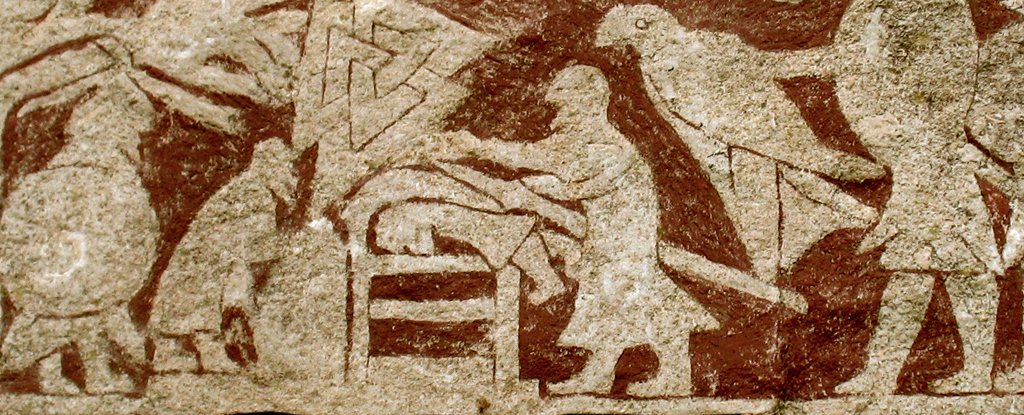










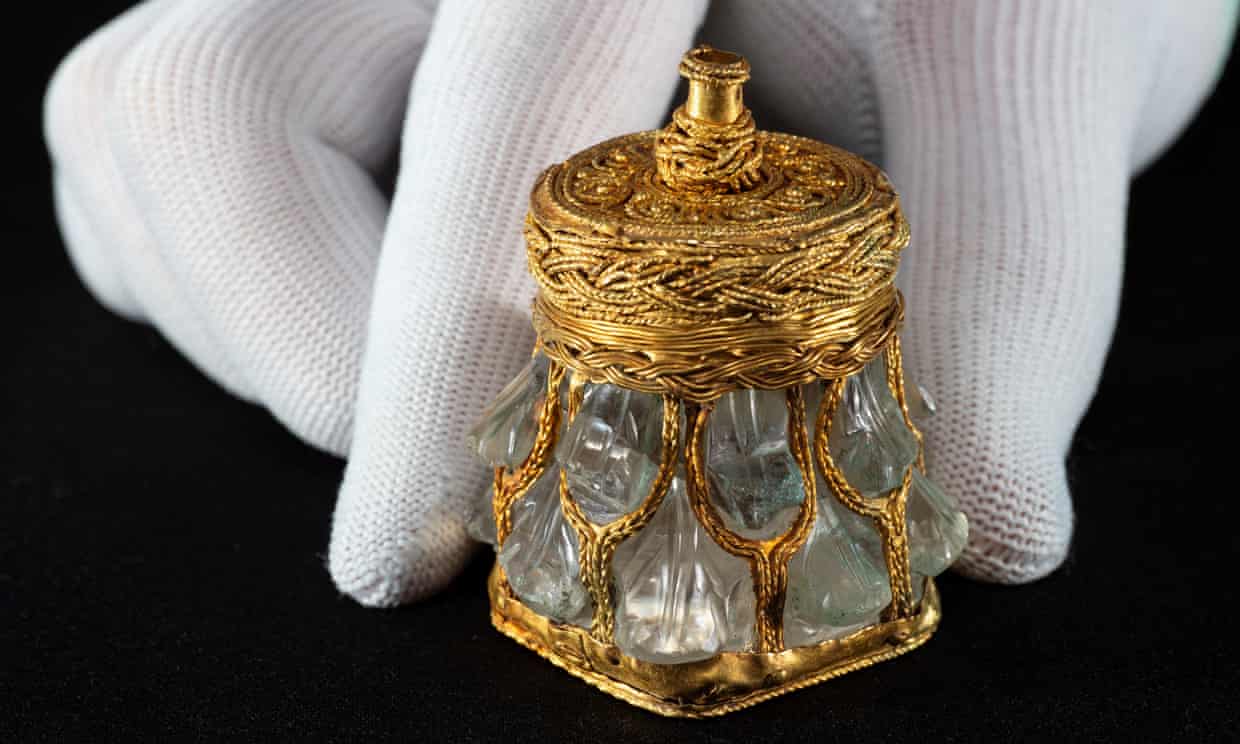
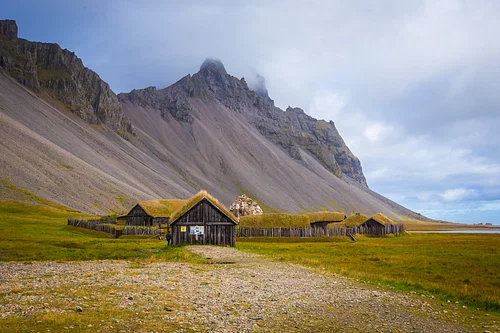

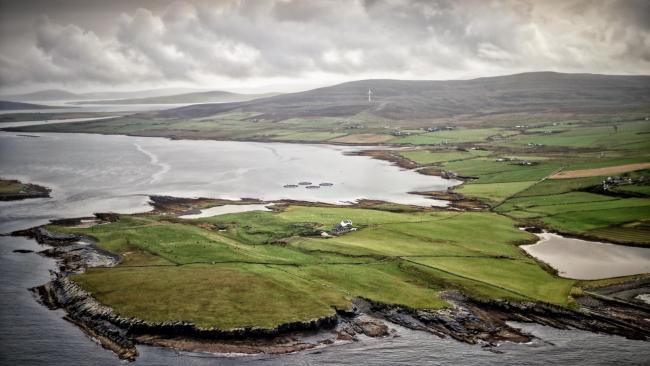





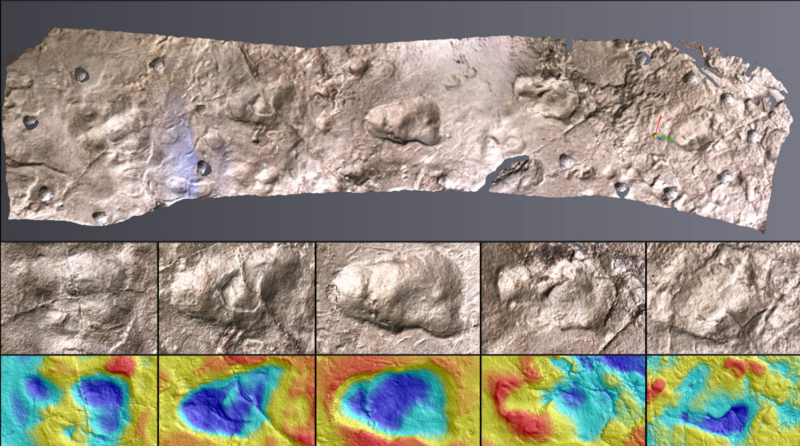









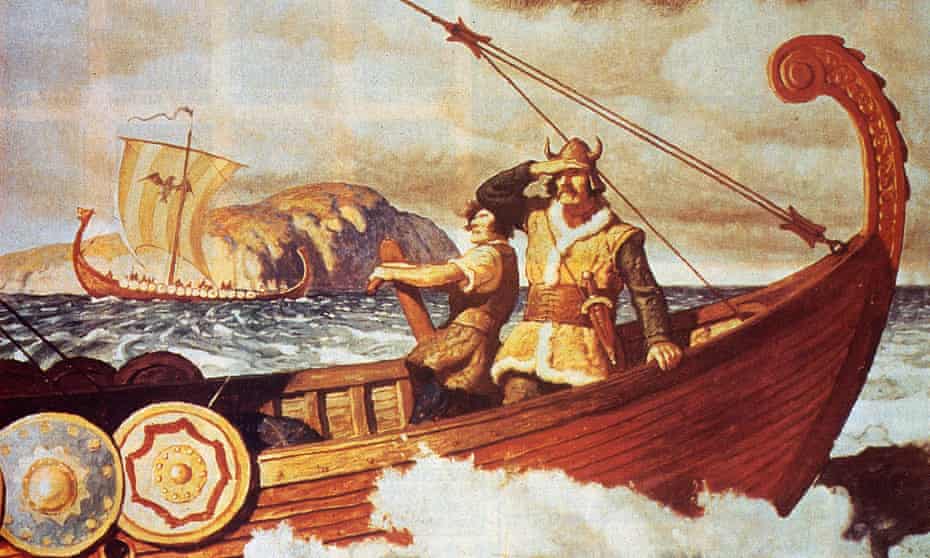




:focal(700x527:701x528)/https://tf-cmsv2-smithsonianmag-media.s3.amazonaws.com/filer_public/39/a3/39a3a13c-2f62-4c10-afba-a60172b587a2/tile.jpg)



/https://tf-cmsv2-smithsonianmag-media.s3.amazonaws.com/filer_public/49/79/4979c9ba-8023-460b-8551-91eebc1207fa/vinland_map_hires.jpeg)


